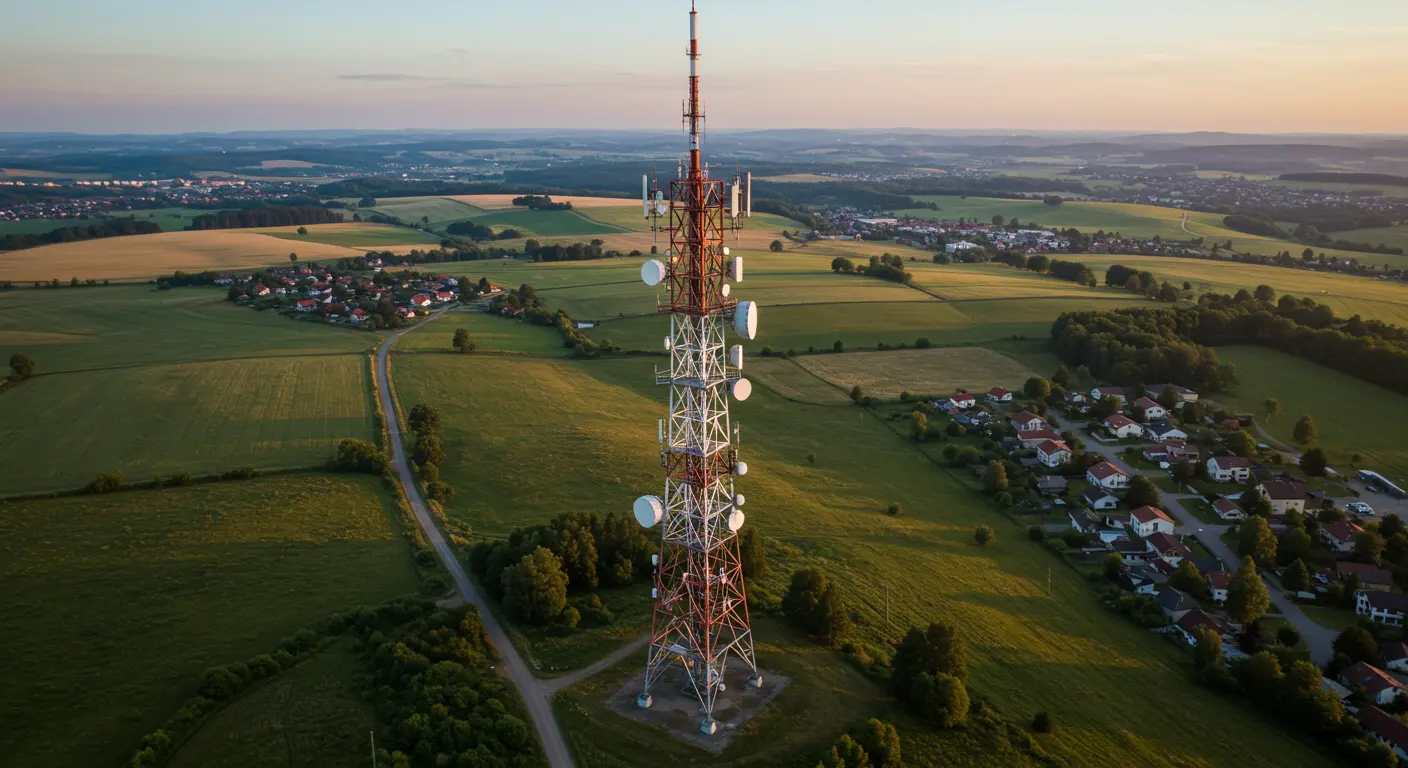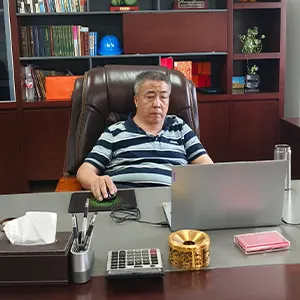Broadcast Tower Export Europe: Top Manufacturers and Suppliers
2025-08-27
The Best Offerings on the Modern Infrastructure
The face of an expanding market is fueled by the exponentially growing television, radio, and 5G networks. Towers erected by European operators must be of a high quality with an uninterrupted performance. Chinese manufacturers are now invaluable sources of towers with CE as well as turnkey solutions. Companies such as XY tower are on the frontline as they are giving monopole lattice and high-power broadcast tower export Europe.
Why Europe Imports Broadcast Towers From China?
Europe has very strict regulatory requirements for telecom and broadcasting infrastructure. Since they encourage safety and reliability, they make manufacturing costs higher in the region. The Chinese suppliers fill the gap by providing.
Competitive Prices: Massive production leads to a reduction in cost.
Customization: Custom towers that can deliver on EU-certified standards.
Innovative Finishes: Hot-dip galvanized hot dips steel prevents corrosion.
Great Production Capacity: This can meet high-volume orders.
Types of Broadcast Towers
Monopole Towers
Space-efficient and suitable in an urban environment, monopole towers require less land and can serve as several antennas.
Lattice Towers
Lattice towers give excellent load-bearing capability useful in rural or wide-area applications and accommodate heavy transmission equipment.
Rooftop Towers
Rooftop towers are set up on commercial or residential buildings and can reach urban areas at a comparatively inexpensive price.
High Power Transmission Towers
They are used in the long-range transmission of television and radio signals, and thus reliability of broadcasting is maintained in Europe.
Technical Specification Applicable to the European Deployment
Broadcast towers exported to Europe have to comply with high technical requirements and thus have to pass safety, durability, and optimal performance requirements. The integrity of the structure and adherence to Eurocode requirements are crucial both in urban and in rural settings.
Construction: Commonly used construction materials for broadcast towers a high-quality structural steel, Q235, as well as Q345. These grades provide superior tensile strength and load capacity so that the towers will hold a multitude of antennas and broadcasting gear.
Coating: The towers are hot-dip galvanized according to EN ISO 1461 standards to avoid rusting in the rain, humid environments, and industrial pollution. Certain parts can also be equipped with protective paints or stainless steel fittings at strategic points.
Height & Coverage: Standard towers are 20m-60m. The towers should be monopole towers in dense city situations and lattice towers in sparser rural/suburban surroundings with greater loads.
Load & Safety: Towers are designed to withstand wind loads (EN 1991-1-4), seismic activity (EN 1998-1), and foundation stress (EN 1997-1 Eurocode 7). These guidelines warrant the stability of the structure during harsh weather or seismic conditions of an area.
Improvements: New building upgrades are based on the combination of mini cells that facilitate 5G densification and remote performance monitoring systems.

Advantages of Turnkey Solutions to the Broadcast Towers
European broadcast tower projects the towers themselves, and turnkey solutions to build the towers are provided by the leading manufacturers, such as XY Tower. This combined strategy makes it easier to implement, and also ensures quality is guaranteed, and the project risks are minimized.
Engineering: Towers are designed to be built to European standards, complete with CE Marking and allowing Eurocode compliance. Structural designs per project are done in a personalized manner, taking into consideration the wind loads, seismic requirements, and foundation considerations to enhance maximum safety and efficiency.
Manufacturing & Coating: Towers are manufactured with high-quality Q235/Q345 steel. Hot-dip galvanization is used to prevent corrosion, and other sensitive parts are subjected to further protection. This will be durable in the long term, even in adverse conditions.
Shipping & Logistics: Segment cells packaged as a tower will be shipped, and reliable logistics partners mean that it can be transported efficiently to sites in Europe. Proper documentation and adherence to the EU import regulations help with customs clearance.
On-Site Assembly & Inspection: Teams of professionals are deployed to ensure all installations are done, assemblies are made, and final inspection is performed to ensure structural integrity and functionality. Constant performance measurement can also be incorporated into the remote monitoring systems.
Cost Effectiveness: Turnkey solutions help cut down on operational costs, eliminate time losses, and waste less time. Operators experience the advantage of having a fully functional, compliant, and high-performance broadcasting infrastructure without having to be involved in the management of numerous suppliers or contractors.
Cost Considerations
The price of the export of broadcast towers to Europe is based on:
- The type of tower and its height
- The cost of metal/ materials
- Galvanizing and protective stripping
- Shipment, customs clearance duties, and customs take
- Installation complexity
You can save 20 to 35 percent by importing approved and reliable suppliers known to manufacture in China, such as XY Tower, when adjusted by factors of shipment and duty.
Material Considerations
Towers located offshore and onshore use materials that are durable and resistant to corrosion:
Steel: Has high strength and load-bearing capacities.
Hot-Dip Galvanization: Corrosion protection is provided.
Stainless Steel Parts: In parts where the joint needs to be really robust, and in bolts.
Protective Coatings and Cathodic Protection: They are necessary in coastal or moisture-prone areas.
Logistics and Shipping
The exportation of the towers in China to Europe is:
Segmented Shipment: Towers are divided into segments to easily assemble.
Bulk Transport or Sea Freight: Cost-effective services.
Documentation: Bill of Lading, Certificate of Origin, CE certification, packing list.
Customs Clearance: Being guided by EU import regulations and HS codes.
Trends on the Broadcast Tower in the Future
The European broadcasting environment is changing fast:
- Expansion 5G: Small cells added to macro towers.
- Smart Towers: Remote monitoring, energy efficiency, and IoT solutions.
- Green Infrastructure: Recyclable components, low-impact coatings.
- Turnkey Solutions: Comprehensive services we carry out to the very end.
- Investments: New towers that are smart guarantee a future network assurance.
Conclusion
The broadcast tower export Europe market is based on trusted manufacturers and having the CE certification as well as the Eurocodes. Chinese products, with their cost-effective, high-quality, and turnkey solutions, can be imported into the continent so that the operators can deploy a robust television, radio, and 5G infrastructure. XY Tower responds to demands with reliable manufacturing, smart technologies, and full-service solutions to guarantee that European networks are built on foundations that will continue to be efficient and scalable in the future.

Hey, I’m Chunjian Shu
"X.Y. Tower: Reliable, innovative solutions for high-quality towers and electrical equipment with professional service.
